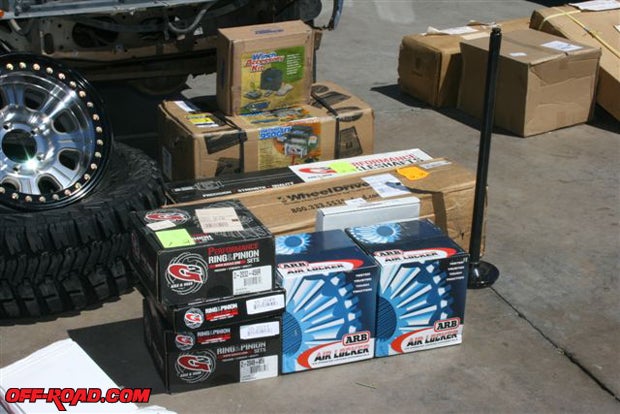
Master ‘Kee is a play on the words “Cherokee” and “master” of the Arizona trails. To remind my faithful readers (since it’s been a while since segment #1 of Master 'Kee was published): Our theme and final goal of the project is building the ultimate camera car—a four wheeler that can cover any off-road event, ease over any trail this side of the Hammers, and comfortably prerun any off-road race.
This is an outline of what we’re planning. We’re using a 1989 Cherokee XJ model because it’s an extremely capable vehicle right out of the Jeep box, and the XJ we’re using is equipped with the 4.0L in-line EFI six-cylinder engine and a four-speed automatic transmission. It has a Dana 30 front differential and an AMC Model 35 rear differential. Plus, because XJ prices are coming down, they’re becoming very popular with first-time four-wheelers. How do I know this? Because my Jeep Creep question-and-answer column receives more Cherokee technical questions each month than questions about other models.
As mentioned previously, this build will be a multi-part series of articles. These articles are aimed at first-timers—folks who haven’t rebuilt a four-wheeler before—to show them what can be accomplished on these Jeeps. It’s important to mention here that similar products to those being used in this series can also be installed on any other type of Jeep—or any other four-wheeler—only the specific installation instructions may differ slightly.
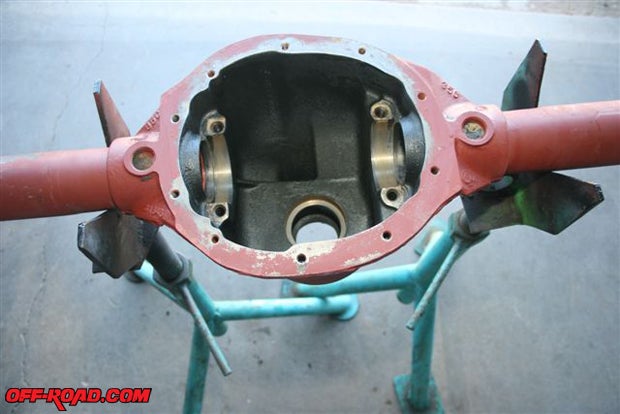
We also want to take the time to thank all of our sponsors. I’ll be listing all their websites at the end of each segment—even if their products don’t happen to appear in that segment. While I’ll be listing all the specific websites, virtually all the products used on Master ‘Kee are available from 4-Wheel Hardware (http://www.4wd.com/), which worked quite closely with us on this project. 4WD has one of the most extensive catalogs of four-wheel-drive products in the industry.
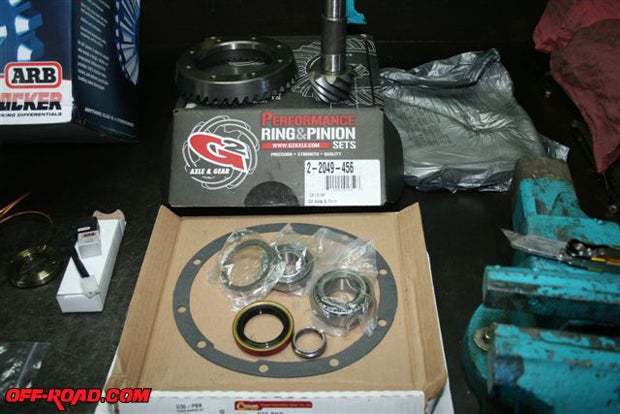
This multi-article series will continue next month in Segment #3 with the suspension installation; however, this month we’ll completely rebuild the Dana 30 (front) and Model 35 (rear) differentials with new seals, bearings, etc. We’re also installing new axles and changing the OEM gear ratios to 4.56:1 gears; axle shafts and the ring-and-pinion sets are from G2 Performance (http://www.g2axle.com/). While we’re covered with gear oil, we’ll also be installing ARB Air Lockers (http://www.arb.com/), and then (next segment) we’ll protect all those new goodies with high-strength aluminum differential covers from G2 and shop-made axle trusses and differential skid plates. As you’ll see in this segment’s photos, all axle and differential work is being done by the Rock Lizard shop of Kingman, Arizona.
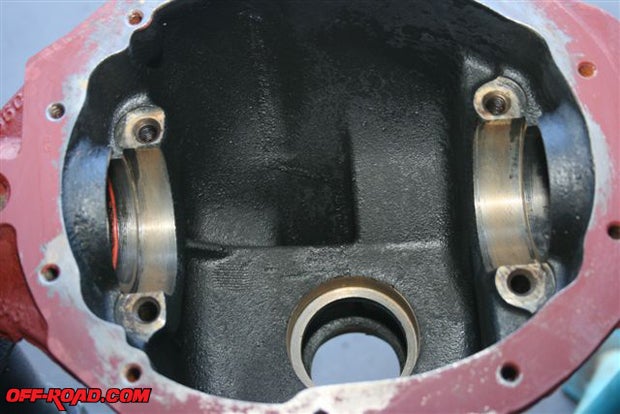
Building a differential—almost from the bare axle tubes and center pumpkin—is the work of an expert, and a very experienced expert at that (not just an inexperienced but well-trained novice from a tech school). In addition to requiring an experienced technician, differential work requires several specialized tools. What I’m trying to say is this: While the ARB instructions on installing their air lockers are among the best I’ve ever worked with (if not the best!), you’ll also need a tech that’s very familiar with ARB installations to assure that there will be no callbacks or unexpected breakdowns on the trail.
Also, I will not be showing you how to install the ARB air compressor with which most ARB air lockers are controlled. We made a decision early on to use the Viair system, which includes onboard air pump, air lines (with glad-hand connectors on each bumper), and a metal air bottle holding a reservoir of high-pressure air. The reservoir will allow us to use air tools, Hella air horns, control the ARB air lockers, and quickly refill our tires. We will, however, be using the ARB switches. The air system will be shown in a later segment.
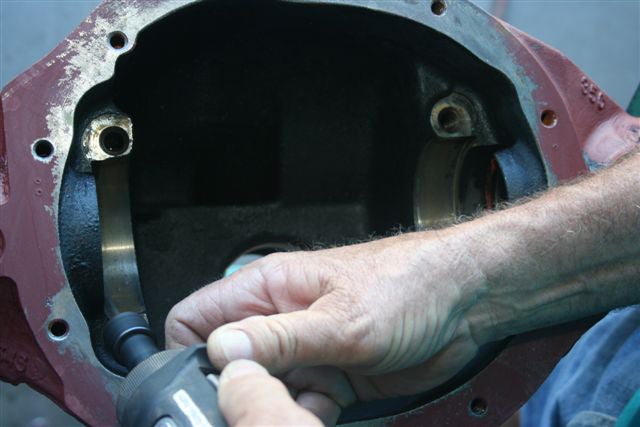
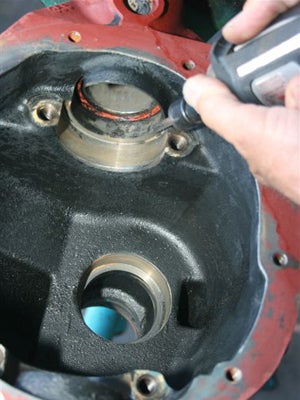
In this I speak from personal experience. My first two Jeeps with ARB lockers had to be repaired at the Rock Lizard shop because the initial installations were done by inexperienced techs. Very experienced differential mechanics but inexperienced with the ARB units. After many years and miles on the Jeeps, no more problems.
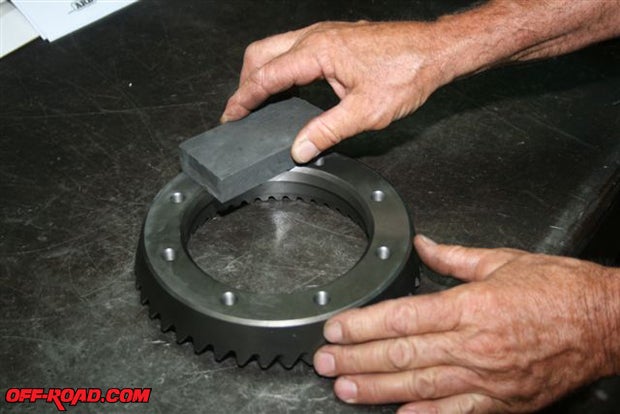
One other tip—also from personal experience—always try to be stopped when you engage the ARB locker. ARB does not include this tip, I’ve always tried to follow my own advice and I’ve had no problems with any of the four ARB lockers in the two Jeeps.
Project Master ‘Kee Sponsors:
4-Wheel Hardware (http://www.4wd.com/)
ARB Air Lockers (http://www.arb.com/)
Bestop Products (http://www.bestop.com/)
Cobra Electronics (http://www.cobra.com/)
DJ Safety (http://www.djsafety.com/)
G2 Performance (http://www.g2axle.com/)
Garmin nuvi 1450 (http://www.garmin.com/)
Garvin Wilderness Products (http://www.wildernessracks.com/)
Goodyear Tires (http://www.goodyear.com/)
Hella (http://www.hella.com/)
Raceline Wheels (http://www.racelinewheels.com/)
Ramsey Winches (http://www.ramsey.com/)
Skyjacker Products (http://www.skyjacker.com/)
Sylvania (http://www.sylvania.com/)
Viair (http://www.viaircorp.com/)
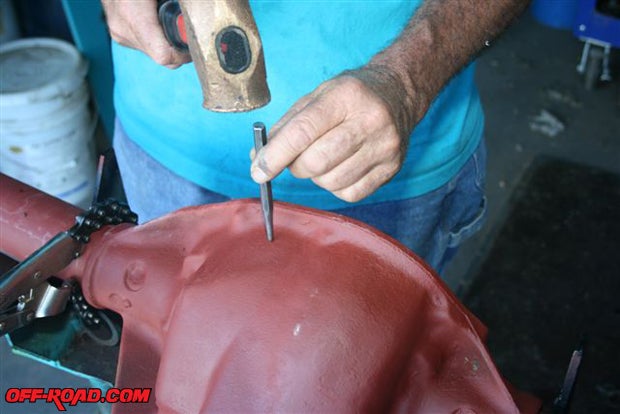
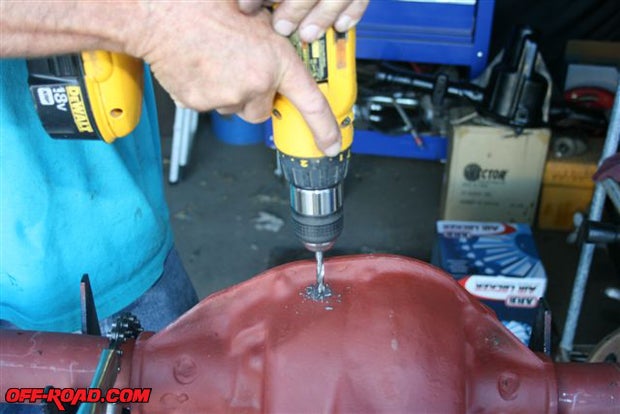
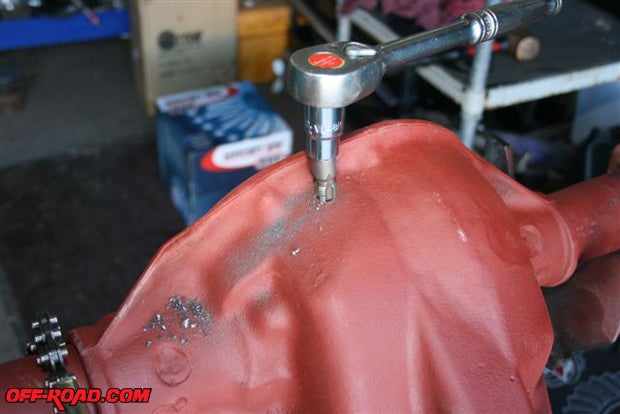
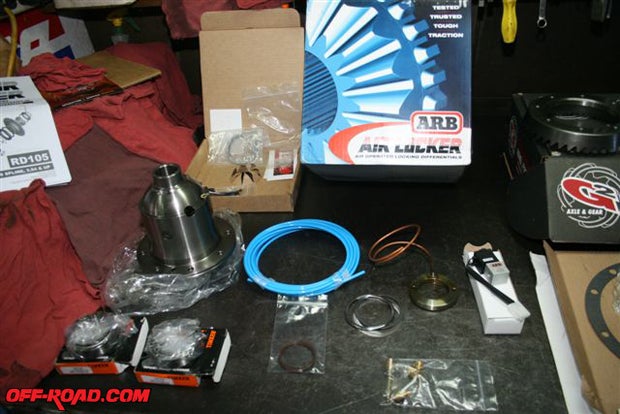
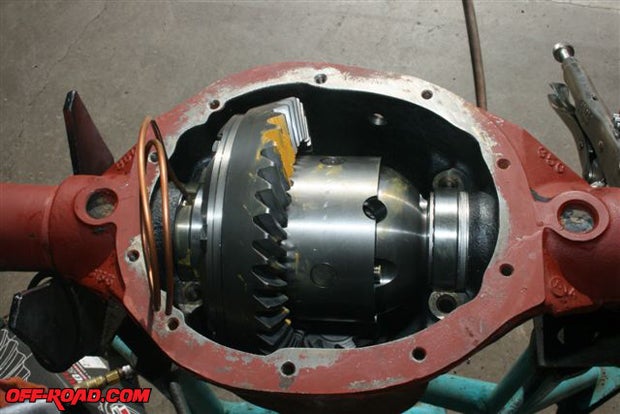
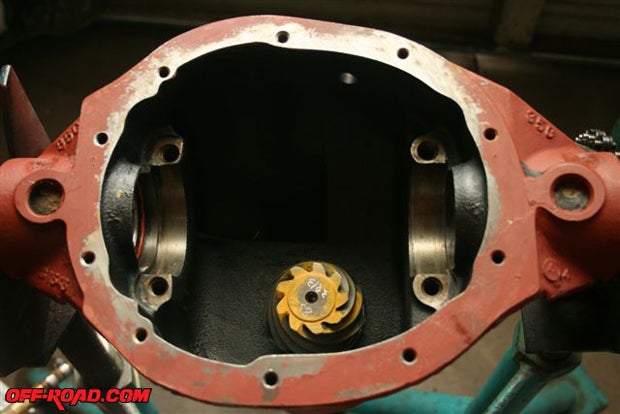
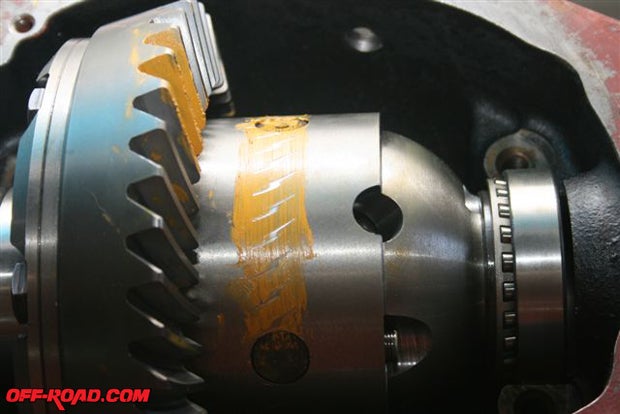
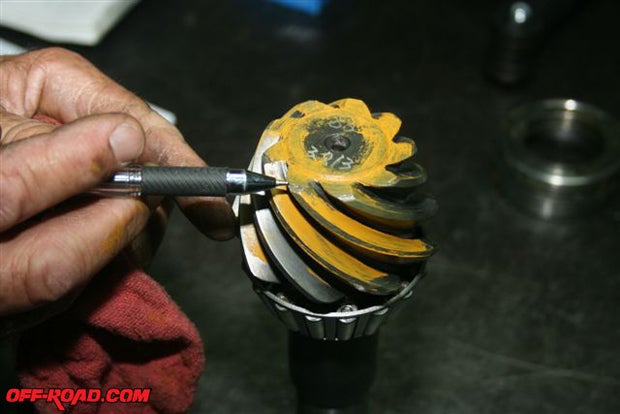
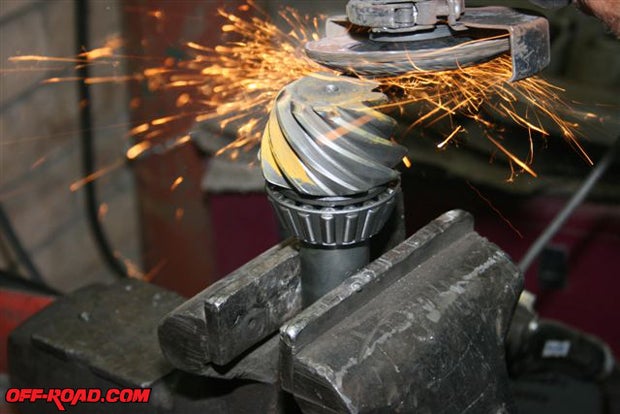
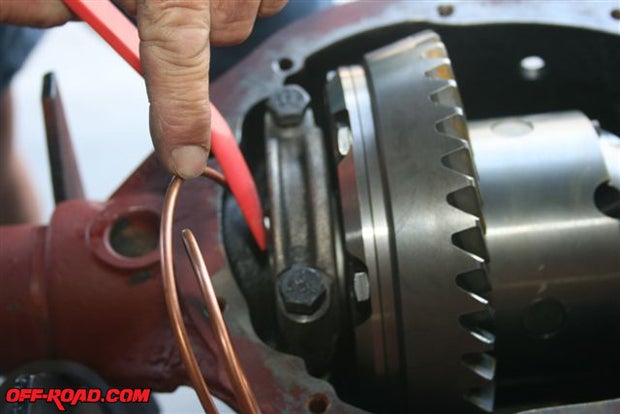
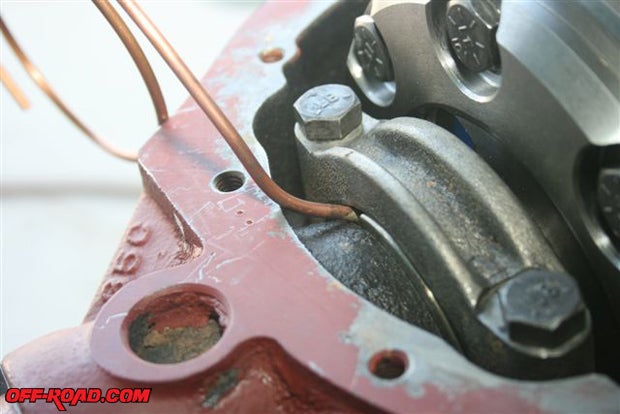
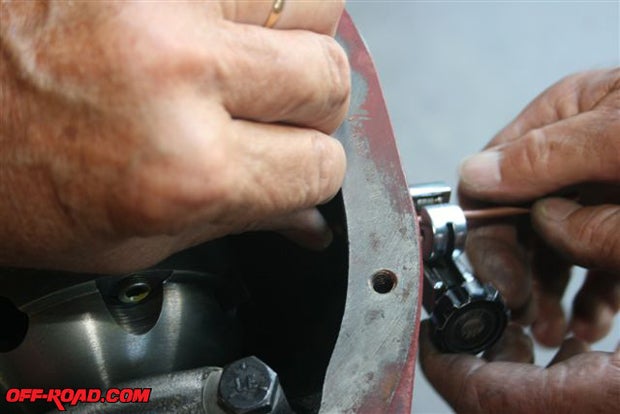
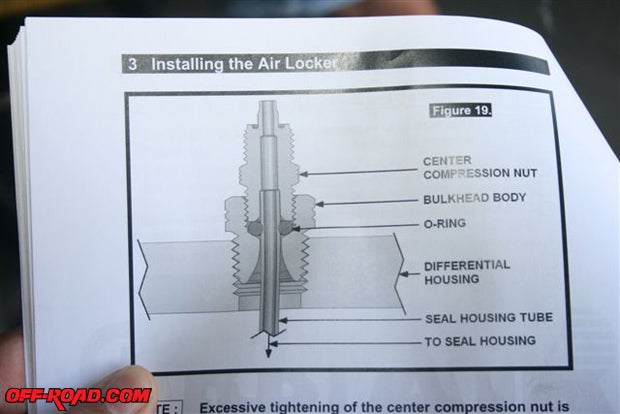
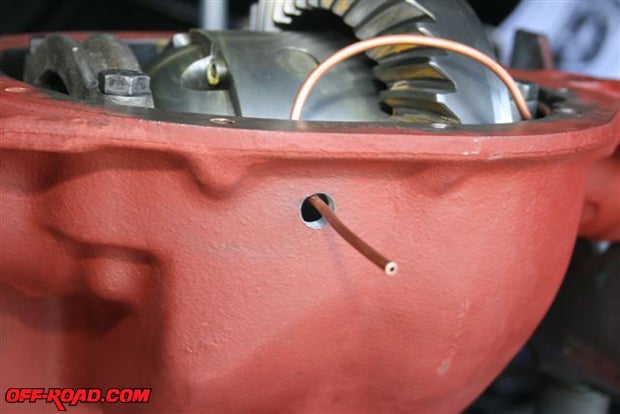
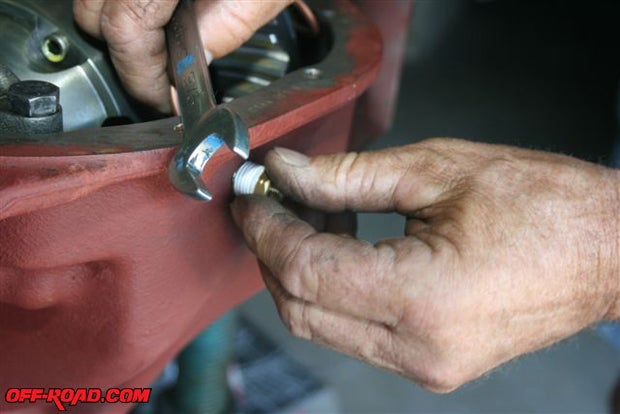
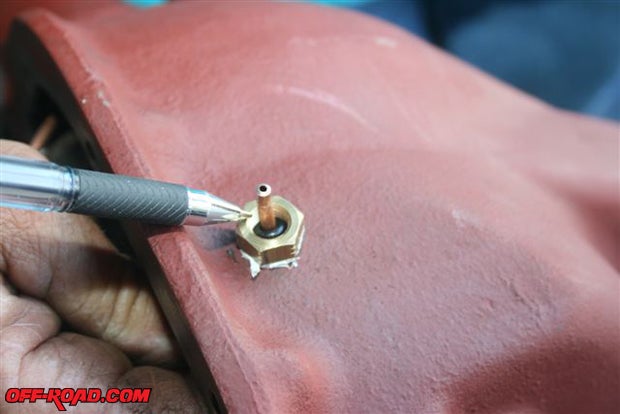
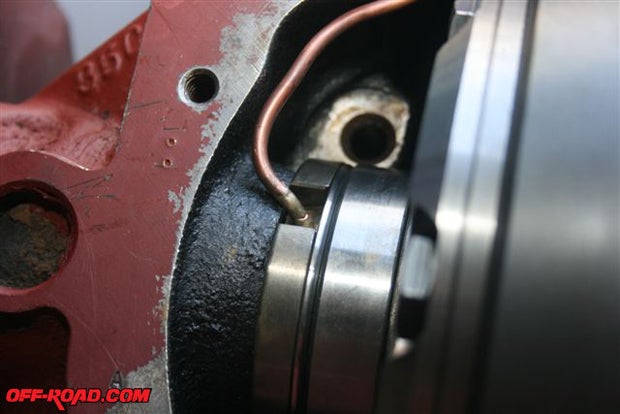
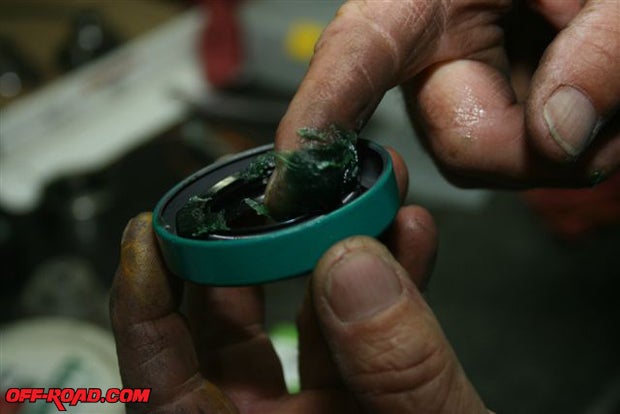
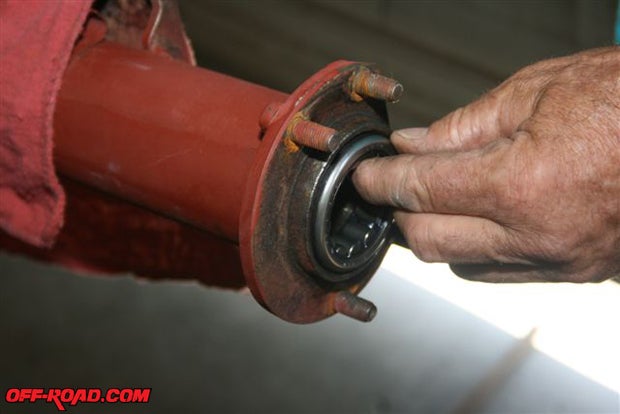
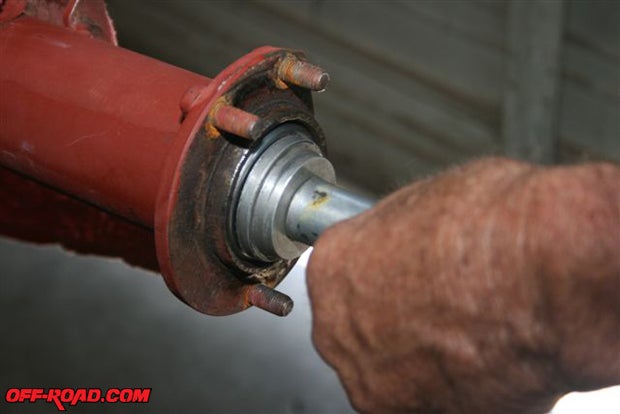
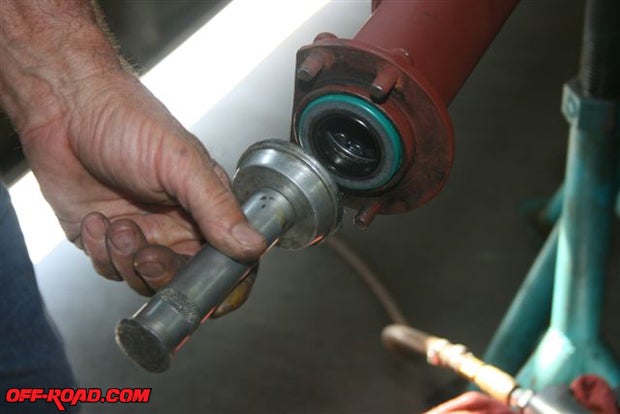
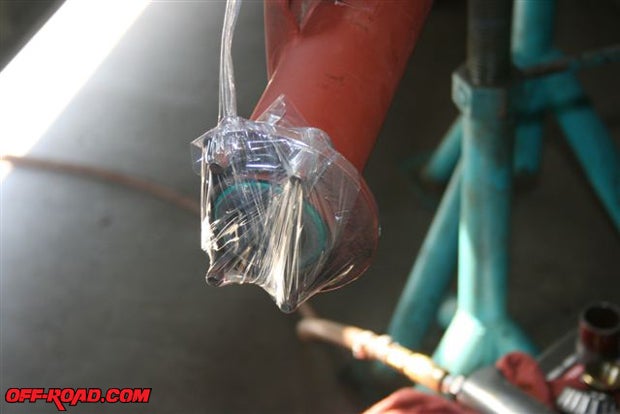
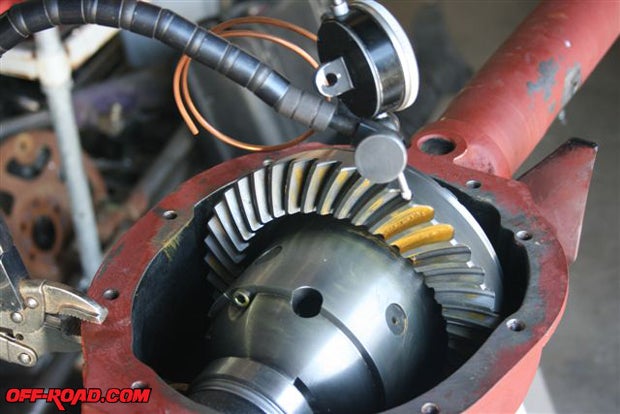
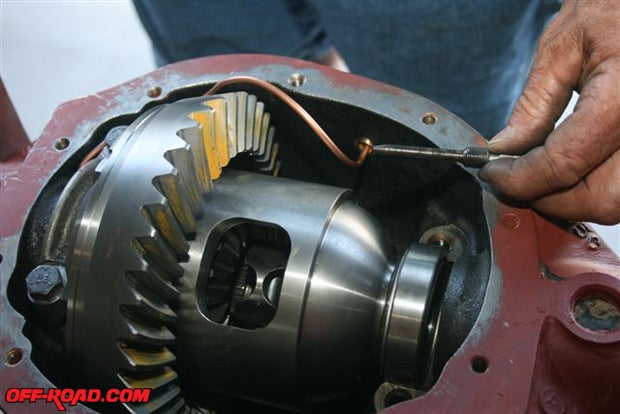
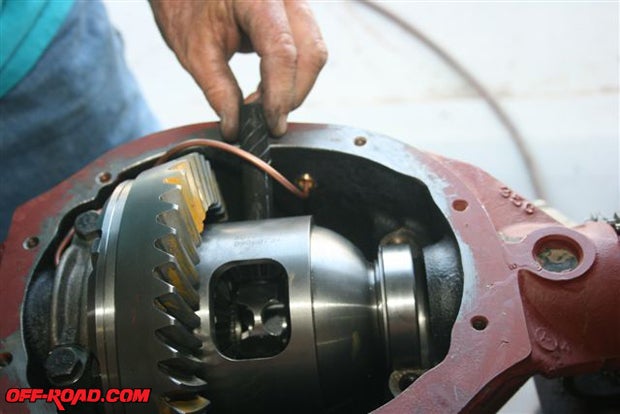
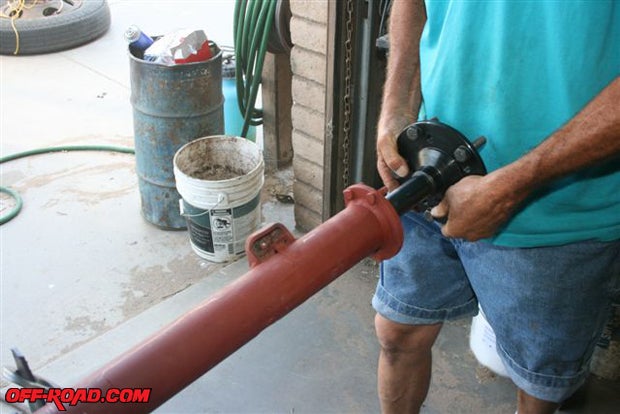
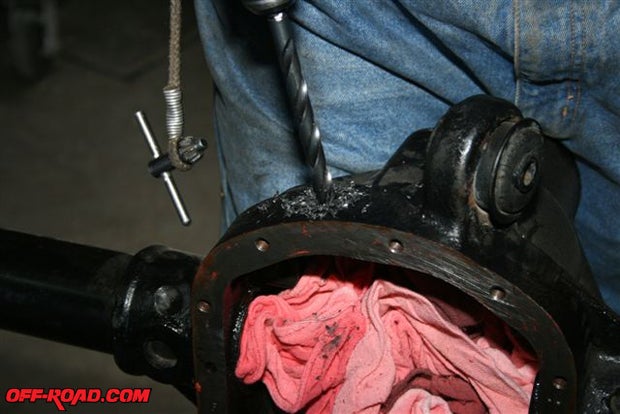
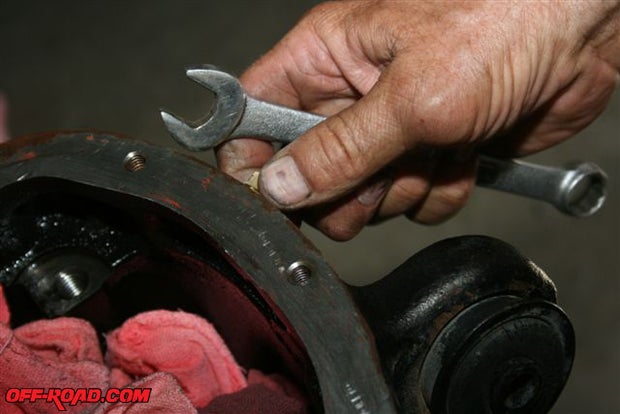


 Your Privacy Choices
Your Privacy Choices